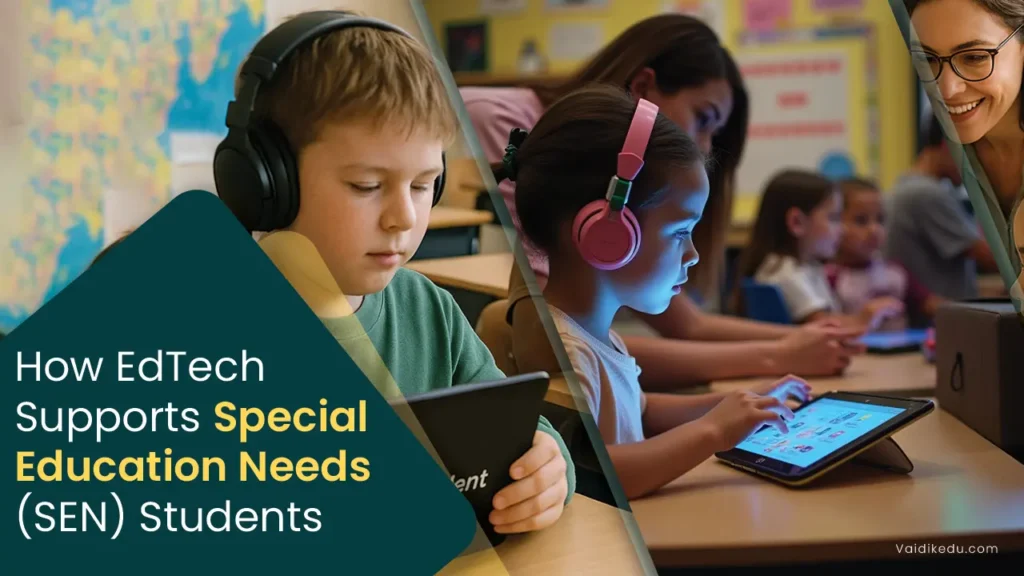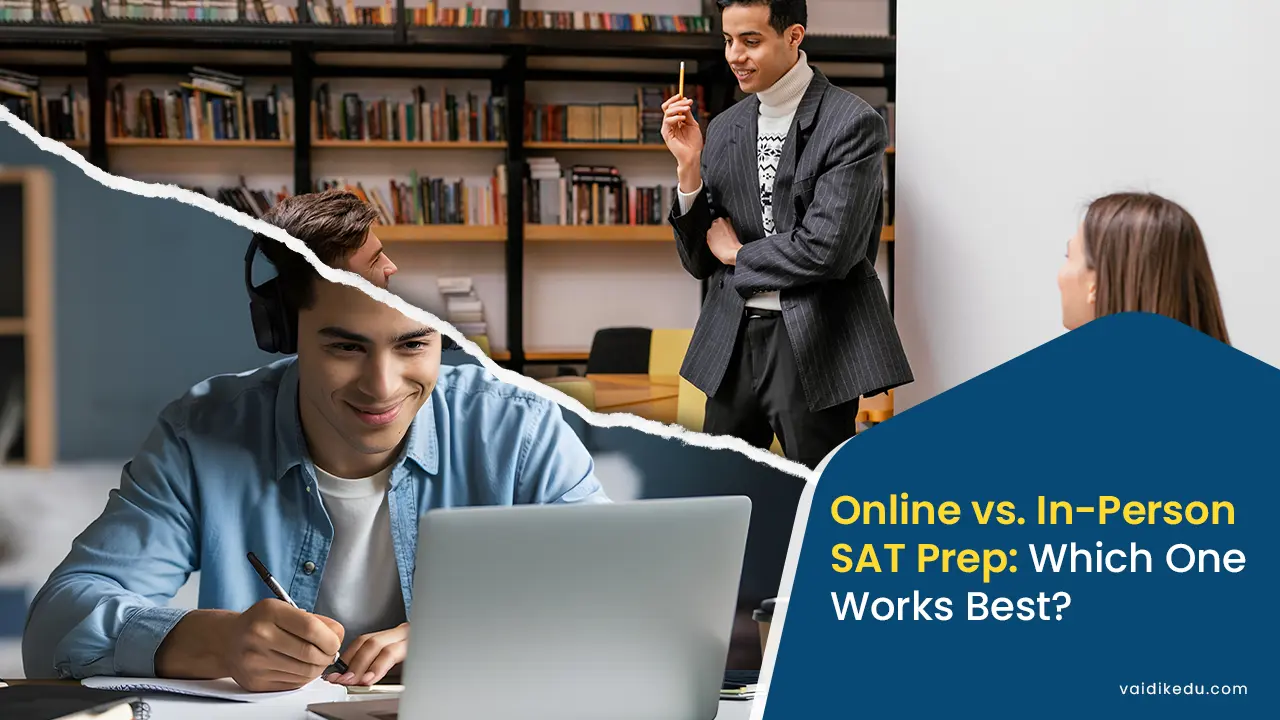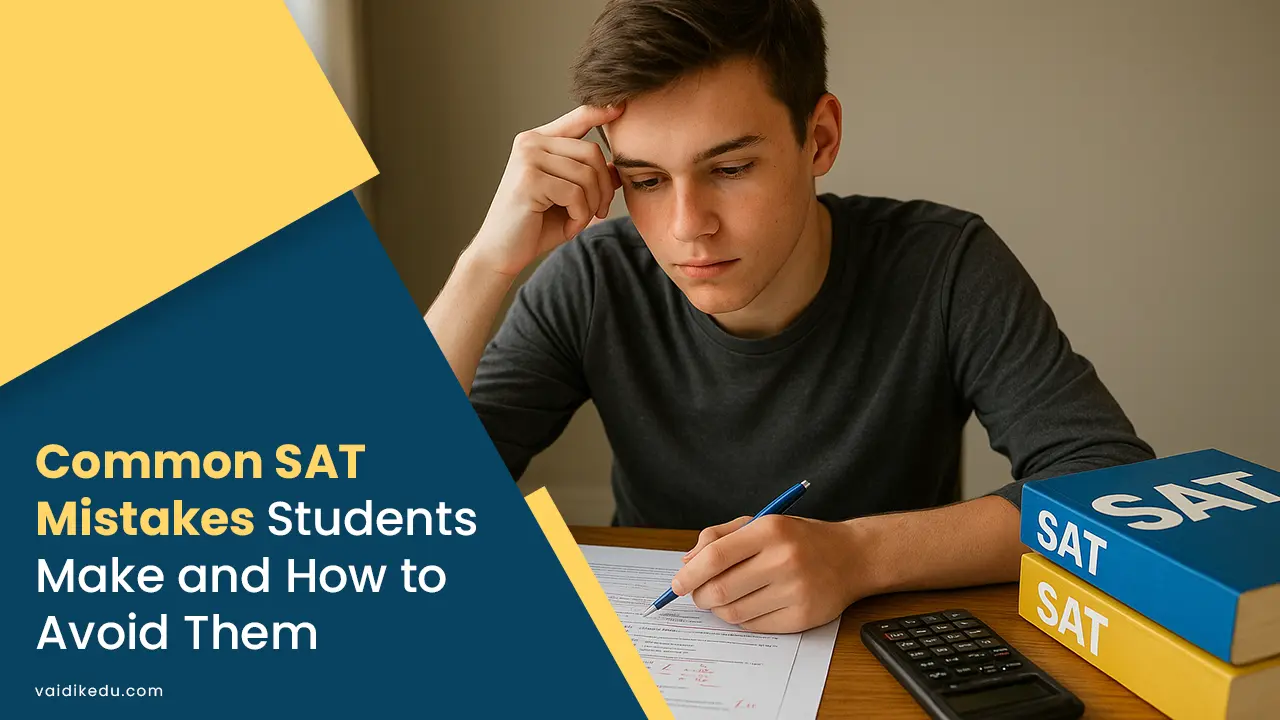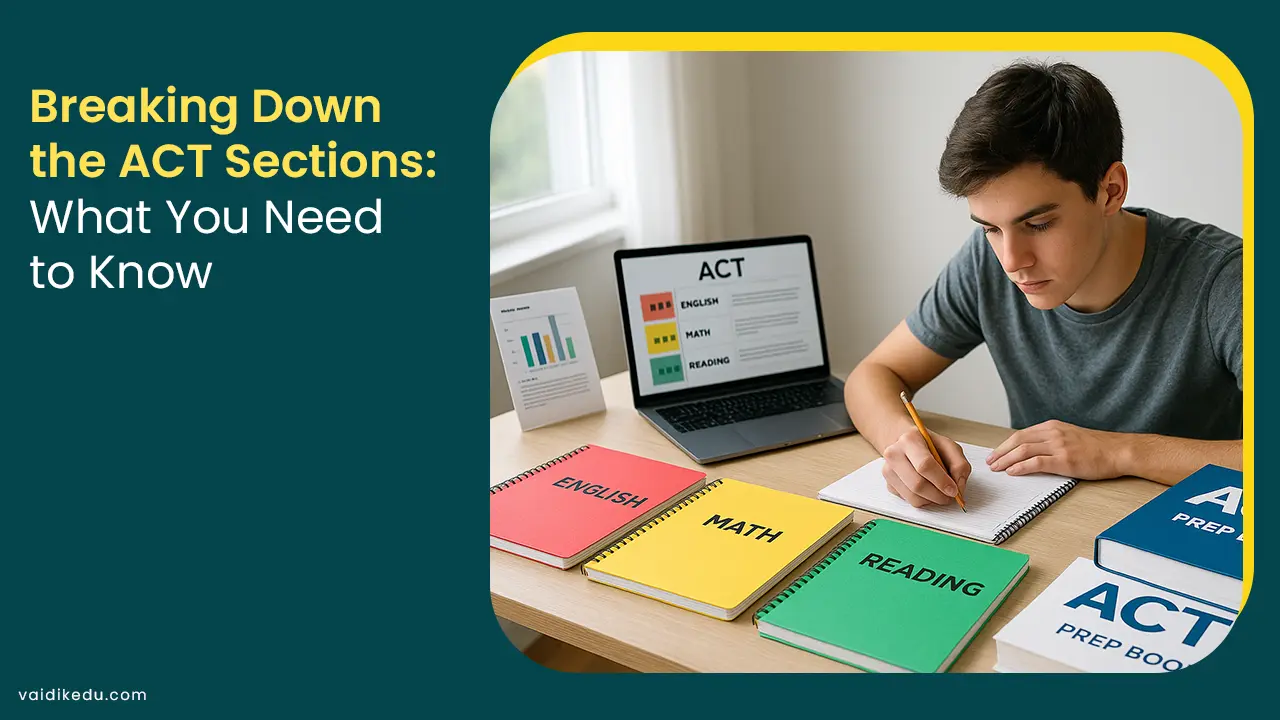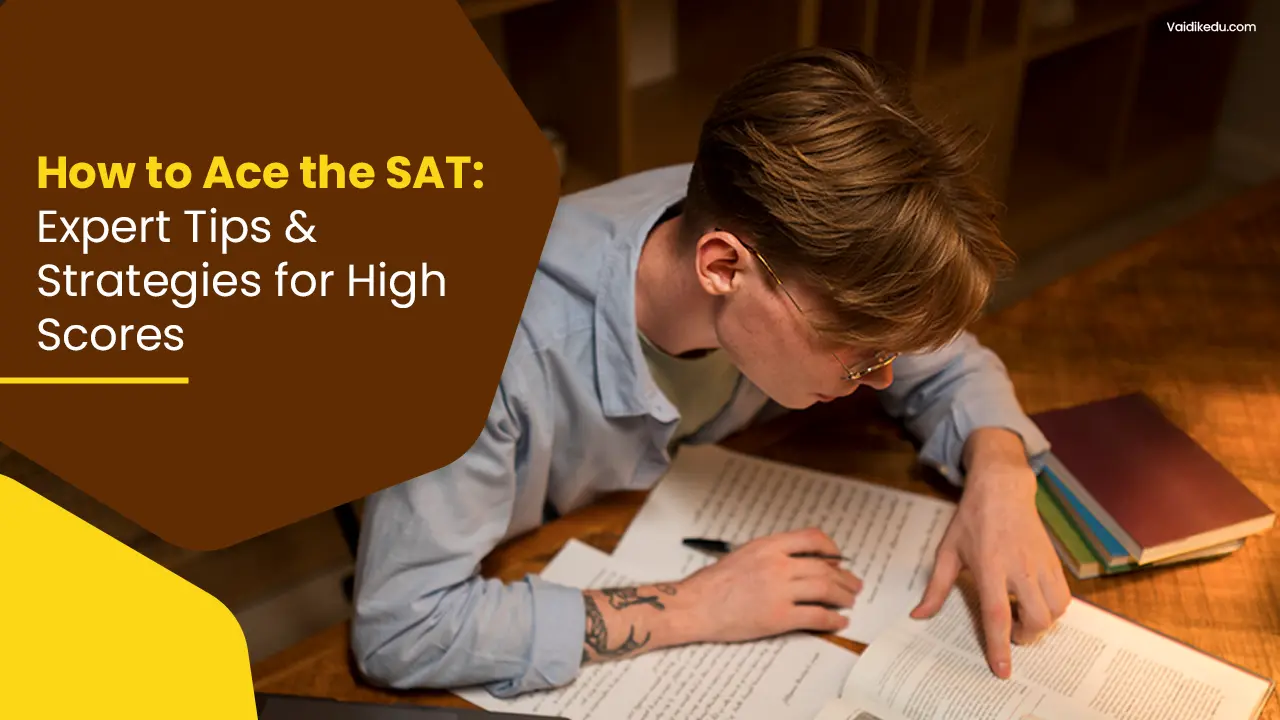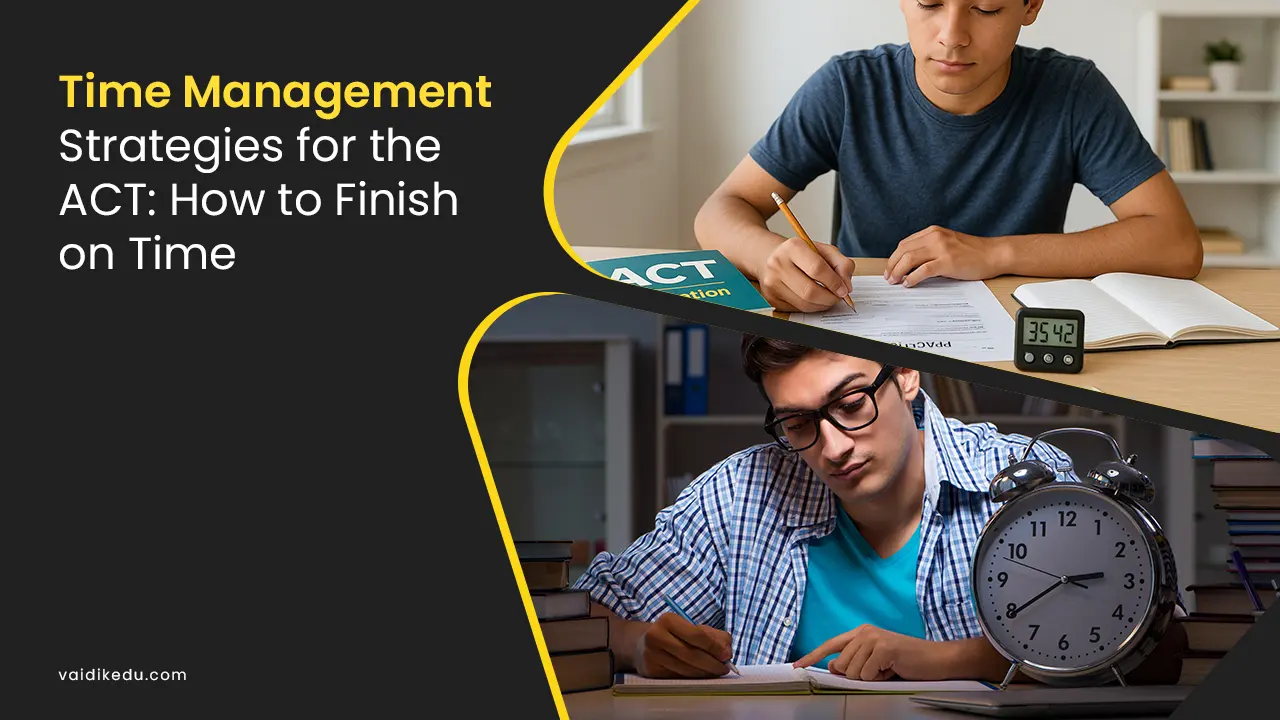Education Technology, or EdTech, is revolutionizing the face of education, especially for special education students. Traditionally, students with learning disabilities, cognitive impairments, or sensory disabilities had a lot of challenges in accessing quality education. However, the advancement of technology has brought new opportunities for inclusivity, flexibility, and individualized learning.
This blog explores how EdTech supports special education students, the benefits it offers, and the cutting-edge tools that are changing the face of special education.
Improving Accessibility
One of the most important tenets of inclusive education is access to the school environment. EdTech plays a very significant role in this process as well. The tools and applications available for a visually impaired child are screen readers, magnification software, and Braille display devices to access digital content.
Text-to-speech applications such as JAWS and NVDA read text out aloud to allow the students to access the written material. Similar representation for students with hearing impairment can be done by captioning tools and speech-to-text software for audio materials.
Other alternatives include interactive whiteboards, voice recognition software, and eye-tracking technologies, which enable students with physical disabilities to interact more effectively with their learning materials.
Alternative interaction methods enable students to operate a computer through their eye movements or voice commands. This way, the educational process becomes more inclusive and empowering for all.
Customized Learning For Diverse Needs
Adaptive learning is even more beneficial to the student with a disability. A lot of such learning platforms- mathematics, like DreamBox; and literacy, like Lexia-tailor content difficulty on individual progress.
Students receive well-adjusted teaching in a systematic, pace-per-learning approach at which they become well-mastered and without forcing a standard pace.
Gamification is a powerful feature of educational technology (EdTech) in the motivation and engagement of students. The fact that education-related games can allow the practice of skills through interaction, coupled with immediate feedback mechanisms to strengthen students’ learning experience, is well-suited and ideal. Students diagnosed with attention disorder particularly enjoy and find lessons quite interesting as long as they last.
Some of the most significant challenges in the development of speech and language skills faced by most special education students include using EdTech-specific resources that will advance the skills.
Some examples include application tools like Proloquo2Go and Speech Blubs that enhance communication abilities by utilizing visual support, speech synthesis, and engaging activities.
It allows the minimally verbal and non-verbal to convey their messages using vocabulary boards; thus, independent and confident.
Virtual reality (VR) and augmented reality (AR) are becoming promising tools to promote language development. VR provides an environment that mirrors the real-life situation of social interactions, thereby giving students safe environments to practice communication skills.
The immersion approach can facilitate pragmatic language skills, social cue comprehension, and improvement in conversation skills.
Managing Emotional And Behavioral Problems
Many students with special needs face emotional and behavioral challenges that must be addressed. EdTech provides numerous solutions to help students regulate their emotions, develop coping, and enhance social-emotional learning (SEL). Programs like Classcraft integrate SEL into the curriculum, enabling good behavior through reward and recognition systems.
Wearable devices that monitor physiological signs, like heart rate, can help raise awareness for the students and teachers of increased tension. Apps that provide guided practice in mindfulness activities and breathing techniques, such as Calm and Breathe2Relax, can aid students in self-regulation of their anxiety and promote greater self-acceptance. All these promote a caring classroom culture that fosters mental wellness.
Mutual Coordination Between Educators, Parents, And Counselors
The technology of education is enhancing the collaboration between teachers, parents, and therapists in real time. LMSs like Google Classroom and Seesaw allow the sharing of progress updates, assignments, and resources to parents and other support staff, which will eventually create transparency toward a more constant application of learning strategies within the school environment and at home.
Teletherapy platforms are increasingly being used for access to specialized services, such as speech therapy, occupational therapy, and behavioral counseling. Zoom and Microsoft Teams are some of the applications that allow virtual sessions. This therefore expands access to professional assistance for students in remote or underserved regions.
Data-Driven Insights For Customized Interventions
One of the most significant benefits of education technology is data collection and analysis. Learning analytics can provide necessary insights into how students are performing, how they engage, and where there’s a need to improve. Such information enables educators to prepare individualized education plans with precise interventions.
Analytics may promptly identify trends for the student who frequently struggles with reading comprehension, and then targeted strategies or resources can be suggested to address that particular challenge.
Data-informed decision-making would thus ensure that educational interventions are timely, effective, and evidence-based-fully in tandem with maximizing student progress.
Empowering Self-Reliance And Living Skills
Many students with disabilities require support in developing life skills that enhance independence. Educational technology resources to build executive functioning include scheduling apps, task management tools, and visual planners that assist students in managing their daily tasks and completing them. Apps such as Choiceworks and Time Timer utilize visual schedules and timers to help students better manage time and sequence tasks.
For instance, Siri and Google Assistant, such virtual assistants deliver very useful functionalities for reminders and inquiries and assist in the organization of everyday stuff. The technologies similarly enable a student to function more independently from their environment.
As technology advances, the potential for EdTech to transform special education will continue to grow.
AI and machine learning are on the cusp of what they will do for personalized learning tailor-made to every individual student’s needs promise better accessibility as well as immersion through AI-driven tutoring platforms, instant translation, and immersive virtual settings.
Adding coding, robotics, and digital literacy to special education prepares students for future employment. Programs like Blockly and Code.org are making programming concepts accessible and enjoyable, allowing them to build problem-solving skills and technological know-how.
How EdTech Meets Special Education Requirements
The transformative capabilities of EdTech in special education are not only related to accessibility and customization but significantly influence the development of autonomy, self-esteem, and preparedness for real-world challenges among students.
With innovative tools, EdTech enables learners to overcome educational obstacles, thereby promoting inclusivity and academic achievement. Further insights into how technology can enhance engagement and effectiveness in the learning experiences of students with special needs are provided below.
Multi-Sensory Learning Experiences
Most students with special education needs are used to a multi-sensory learning modality when the visual, auditory, and kinesthetic modalities are utilized to present information. EdTech provides a lot of such multi-sensory resources, like interactive e-books, video tutorials, or tactile learning kits.
For instance, Nearpod delivers animated materials that could explain complex ideas in an audio-narrated animation combined with quiz interactive elements to make it engaging.
Tools like visual schedules and social narratives have proved pretty effective for those with ASD when it comes to learning about social norms and everyday routines.
Apps such as Pictello allow parents and educators to craft specific social stories that teach their students a step-by-step way in preparation for the many varied circumstances they might experience. These tools reduce anxiety, build social skills, and help by providing constant visual support.
Collaboration And Social Skills Building
Social interaction is a very important developmental focus for many students with special needs. EdTech affords safe spaces for developing communication skills and teamwork.
Learning management systems that provide a website to record video responses to prompts, such as Flipgrid, allow the self-expression and communication of students at a speed comfortable to them. Moreover, virtual collaborative spaces allow for peer contact without as much social pressure.
Role-playing games and simulated case studies are excellent ways to teach students empathy, negotiation, and conflict-resolution skills. Such exercises are very useful social skills training in helping the students deliver well outside the classroom by working under the comfort of a structured framework.
These gamification strategies employed by EdTech enhance the fun factor of social learning with its effectiveness since they enhance peer communication and collaborative behavior.
Effective Feedback And Motivation
The most significant thing to promote a student’s advancement, especially a student who has learning differences is timely feedback. Online sources offer the ability for quick instant feedback and commentary for an idea to be learned even immediately.
Interactive examination applications like Kahoot! and Socrative allow instant scores and make the students improve further. In addition, building positive reinforcement through badges, points, and certificates boosted self-esteem and perseverance.
Customizable reward systems in educational applications motivate students who need more encouragement. These systems can be tailored to recognize even the smallest achievements, promoting a growth mindset and resilience.
Feedback loops and personalized support are regular contributors to a positive attitude toward learning, even among students with serious academic challenges.
Building Independence And Self-Decision Making
A major goal of special education is to prepare students with life skills for independence. EdTech tools like Co: Writer, featuring word prediction and speech recognition, allow students to complete writing assignments with minimal support.
Similarly, scheduling applications employing visual aids can aid students in managing their schedules independently.
Applications that encourage choice-making, such as Choiceworks, enable students to select their favorite activities or task arrangements, promoting autonomy and decision-making.
The software presents user-friendly interfaces that minimize cognitive load, maximizing student engagement. Students develop independence in a controlled yet supportive environment, which equips them with the requisite confidence when they are faced with choices in everyday situations.
Conclusion
EdTech transforms special education at its core by promoting more personal, empowering, and inclusive learning experiences for students with a wide range of needs. Tools that access and support the development of speech and emotional well-being, as well as provide data-informed insights, tend to bridge gaps to give greater balance. Innovation will further make the landscape of special education even more dynamic, fair, and impactful.
Frequently Asked Questions
EdTech offers adaptive learning systems, text-to-speech applications, and customized content that help students overcome their difficulties and learn skills in their own way.
Applications like Proloquo2Go and Tobii Dynavox use visual interfaces and speech synthesis to enable non-verbal students to communicate.
Virtual reality provides experiential learning for students with special needs that enhance social interaction, language acquisition, and hands-on learning.
Knowledge extracted from data helps the teachers track students’ progress, identify learning deficits, and, as a result, enables them to create interventions with a better response to individual education plans.
Applications and wearable technologies provide tools for mindfulness, emotional regulation, and anxiety; this creates an embracing and balanced school environment.



